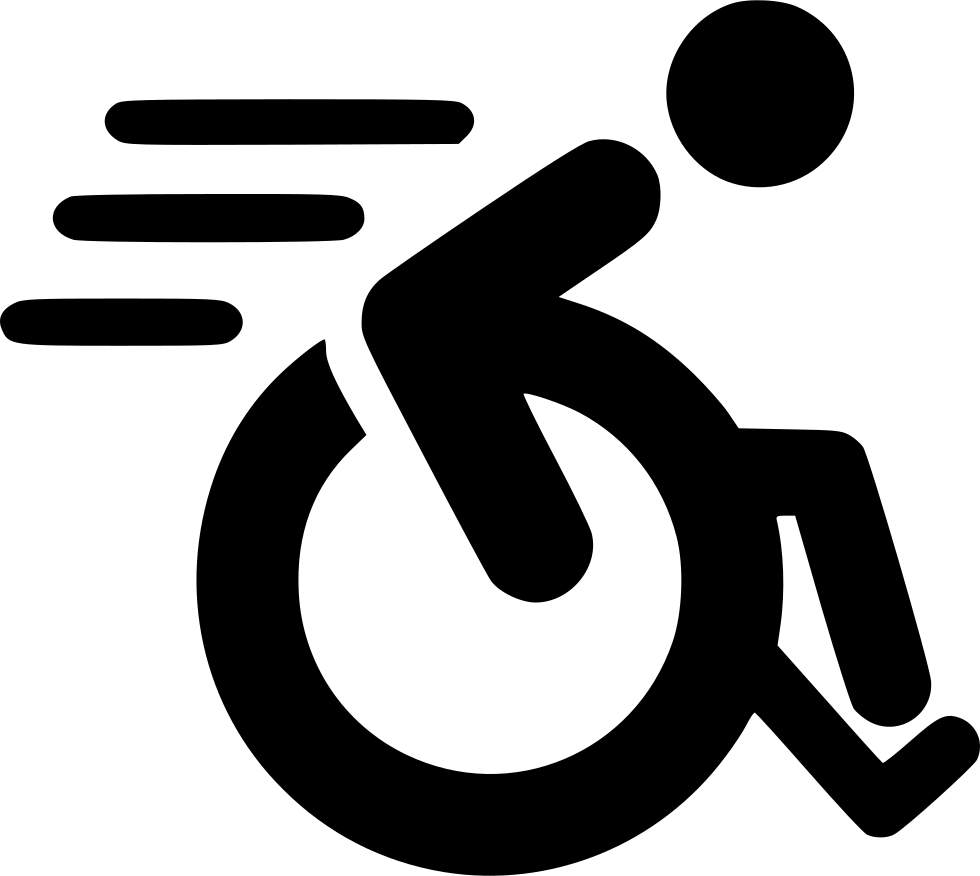Cat - Euthanasia
 In some circumstances your vet may suggest that you should consider having your cat 'put to sleep' (euthanased) such as if your cat has a terminal illness from which he cannot recover or if he has untreatable pain. This will enable your cat to die in peace with dignity and without further suffering. It can be a very hard decision to make but it is one of the kindest things that an owner can do for a suffering cat.
In some circumstances your vet may suggest that you should consider having your cat 'put to sleep' (euthanased) such as if your cat has a terminal illness from which he cannot recover or if he has untreatable pain. This will enable your cat to die in peace with dignity and without further suffering. It can be a very hard decision to make but it is one of the kindest things that an owner can do for a suffering cat.
What happens when a cat is 'put to sleep'?
The vet, with the assistance of a veterinary nurse, gives the cat an intravenous (into the vein) injection of a lethal dose of barbiturates (a strong anaesthetic) usually into a front leg. The cat 'goes to sleep' and loses consciousness within a few seconds and often, although unconscious, gives a last big breath just before it dies. This is a very controlled and painless method of euthanasia. For very nervous cats it is sometimes necessary to give a sedative to calm them prior to euthanasia.
Is it usual for the owner to stay with their cat when it is 'put to sleep'?
Most vets are quite happy for owners to remain with their cat. Sometimes owners get very distressed and this is communicated to the cat and in this instance it may be preferable for the cat to be left with the vet and nurse. If the owners wish, they can see their cat's body after the injection has been given but many people prefer their last memory to be of their cat alive.
The decision whether or not to stay with the cat is a very personal decision which should preferably be made in advance to avoid further distress.
Can I have my cat 'put to sleep at home' or is it better to take him to the surgery?
If your vet offers home visits then they may be willing to 'put your cat to sleep' at home. This can be expensive because you have to pay for the vet's and his nurse's time for the period they are away from the surgery. It is not always practical for both the vet and nurse to come and some vets no longer offer home visits except in cases of emergency. At the surgery skilled assistance and equipment is readily available. It is usually possible to arrange an appointment at the surgery at a quiet time to avoid undue distress to both cat and owner.
What can I do with my pet's body?
There are four possible choices:-
- home burial
- group cremation - this is the most common means of disposal through a veterinary practice
- individual cremation with return of the pet's ashes - your vet can usually arrange this and advise about the likely cost
- burial in a pet cemetery - your vet can suggest who to contact to arrange this. It can be quite expensive.
Grieving for your cat
It is very natural to feel upset and emotional when your pet dies. Do not be afraid to show your feelings in front of the vet, they will understand. It will take time to get over your loss. It often helps to talk about your cat's death. It is quite normal to feel angry, this is part of the process of coming to terms with your loss. Try not to feel guilty or blame yourself or your vet for your cat's death. Remember that you cared for your cat and did all you could when it was ill. Vets cannot always save a cat's life. Treasure your memories. Remember the good times and what you loved most about your cat.
 If you feel you have no-one to talk to about your loss you can contact the SCAS Befriender Service which will put you in touch with someone who lives near you - the freephone number is 0800 096 6606 (open daily from 8.30 am to 8.30 pm). Alternatively the Pet Bereavement Support Service which is jointly run with The Blue Cross can be contacted by email: ipbssmail@bluecross.org.uk
If you feel you have no-one to talk to about your loss you can contact the SCAS Befriender Service which will put you in touch with someone who lives near you - the freephone number is 0800 096 6606 (open daily from 8.30 am to 8.30 pm). Alternatively the Pet Bereavement Support Service which is jointly run with The Blue Cross can be contacted by email: ipbssmail@bluecross.org.uk
Helping children to cope
The death of a pet is often a child's first experience of death. Tell them the truth. Encourage them to talk about their feelings and tell them how you feel. Help them to understand that they are not to blame. Talk to them about your cat and concentrate on the good times. Do not get a new pet too soon. Your child will need time to get over the death of the old pet.
Further reading
Death of an Animal Friend: Society for Companion Animal Studies www.scas.org.uk
Used and/or modified with permission under license. ©Lifelearn, The Penguin House, Castle Riggs, Dunfermline FY11 8SG

